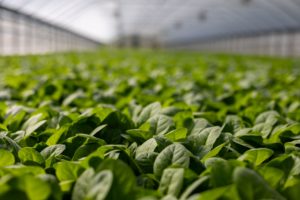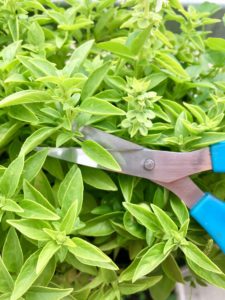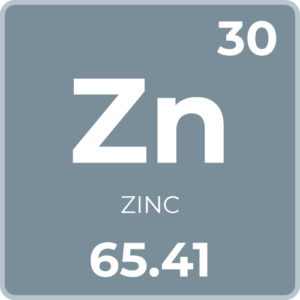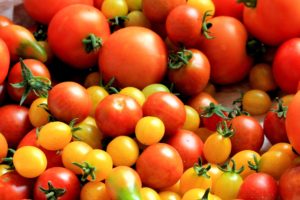Within the nutrient world, boron for plants doesn’t come up as often as some others. That’s mainly due to its status as a micronutrient, meaning plants don’t need as much of it as other nutrients. However, we shouldn’t discount the usefulness of boron for plants just yet. Even as a micronutrient it plays a crucial role in plant development. And, like many other elements, plants need it in different quantities throughout the life cycle.
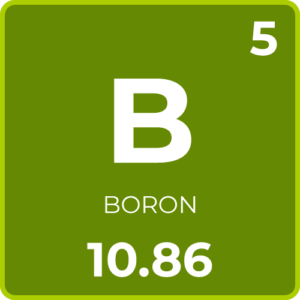
What Boron Does for Plants
Even from the start, boron plays an important role in plant growth. However, it doesn’t do it all on its own. When it works with calcium, it aids in cell wall synthesis. Boron also helps the plant grow in cell division. As plants mature, boron is a crucial micronutrient for the reproductive stage. In fact, it’s part of pretty much every part of the reproductive stage from pollination to fruiting.
Main roles of boron for plants:
- Pairs with calcium for cell wall synthesis
- Aids in cell division to form new cells
- Helps move carbohydrates and sugars
- Regulates certain plant hormones
- Part of formation in some proteins
- Metabolizes nitrogen
- Helps move potassium to stomata (crucial for transpiration)
- Aids entire reproductive process
As you can see, boron is a micronutrient with a lot of duties. Many of its key roles also involve other nutrients, like calcium, potassium, and nitrogen. Because of that, a boron deficiency can impact how other nutrients function within the plant’s internal processes.
How Plants Get Boron
Plants naturally get boron from the soil, like any other nutrient. Because plants need so little of it, soil with low boron content isn’t often an issue. However, even if soil has plenty of boron, plants might not be able to get it if the pH is too high or too low. When it comes down to it, boron uptake is really all about balance.
Boron is part of any balanced nutrient solution, although there isn’t often much in the mixture. That’s not a problem for hydroponic growers. Of course, that’s assuming the nutrient solution has an optimal pH. Sometimes the growing medium can also affect boron uptake, especially if it has a naturally high pH (above 6.5 or so).
Boron Deficiency
Boron deficiency is less common in hydroponics, but it can still happen, just like any other element. Because boron plays a role throughout the entire plant, you can also see signs of boron deficiency just about anywhere.
Main signs of boron deficiency:
- Poorly developed roots
- Few individual roots
- Shortened, thicker roots
- Weak stems
- Stunted growth, or growth from side nodes
- Death of terminal buds and main structures
- Reduced or absent flowering
- Issues with pollination
- Inability to produce fruit or seeds (or producing abnormal ones)
Signs of boron deficiency can mimic deficiency symptoms of other nutrients. However, if several of the signs are present, it may be a boron deficiency. It’s worth noting that the majority of these symptoms show up on new growth, because it’s an important element in plant development. If you’re using a nutrient solution with sufficient boron, check factors that may affect boron uptake, such as the pH in both the solution and growing medium.
